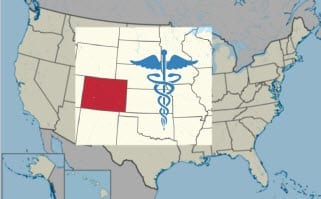Exchanges in some states do not have the access to financial resources they need to remain stable
Some states may not have the money they need to operate their own health insurance exchanges. The Affordable Care Act gave states throughout the country the opportunity to build and operate their own insurance exchanges, but only 14 opted to do so. The federal government provided billions of dollars in funding to help exchanges take form in these states, but these exchanges also need to be self-sufficient and operate as effective and profitable marketplaces.
Exchanges with unreliable funding models could fail to engage consumers effectively
Insurance exchanges run by some states have been showing signs of becoming self-reliant, but others are on dubious financial ground. The exchanges that are doing poorly, from a business standpoint, may be suffering from poor financial models that make them unsustainable. Some of these exchanges are prohibited from using state funds in any way, due to legislation passed by those opposed to the Affordable Care Act. These exchanges have had to find ways to mitigate the costs they face, with some drying criticism from the federal government for seemingly dubious practices.
Colorado exchange makes drastic cuts to ensure financial stability
 In states with struggling exchanges, reaching consumers that need health insurance may become more difficult. Colorado operates its own insurance exchange and those in charge of the exchange have been looking for ways to reduce overall spending. This has lead to cuts in technology and marketing spending, which may make the exchange technological more fragile and reduce its ability to engage consumers. Policies sold through the state’s exchange are also becoming more expensive, as the exchange is imposing a 1.4% monthly fee on all policies as a way to recover costs.
In states with struggling exchanges, reaching consumers that need health insurance may become more difficult. Colorado operates its own insurance exchange and those in charge of the exchange have been looking for ways to reduce overall spending. This has lead to cuts in technology and marketing spending, which may make the exchange technological more fragile and reduce its ability to engage consumers. Policies sold through the state’s exchange are also becoming more expensive, as the exchange is imposing a 1.4% monthly fee on all policies as a way to recover costs.
Insurance coverage through some state-run exchanges is becoming more expensive than it had been last year
Without adequate funding, state-run insurance exchanges may struggle to accomplish their goal of enrolling uninsured consumers. Moreover, a lack of funding will make coverage through these exchanges more costly, placing consumers concerned with the expensive nature of insurance coverage under greater financial strain.
